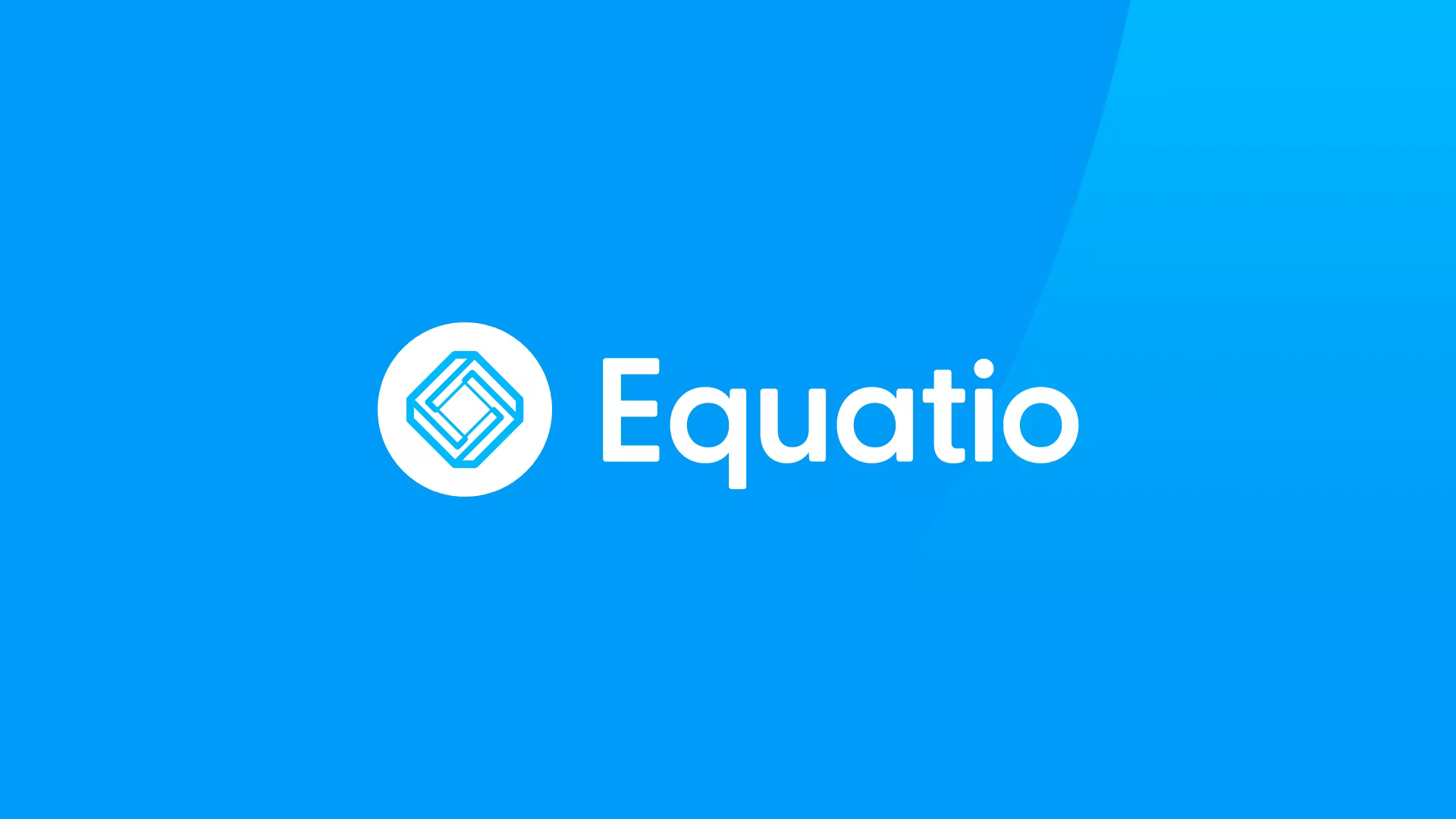DAILY INSIGHT: The past, the present, and the future, part 3 of 4
By Gary Shattuck, CIO Advisor
The last two blogs (here and here) deal with a theory I have: I believe there is a continuity of events that leads from the past to the present and, finally, to the future. In order to predict our future we must first understand our present; but, to understand our present we need to discover our past. This is the continuity of events.
To this end, let me say that the future our students will inherit will be nothing like our present. It will be so vastly different that it will be beyond most people’s comprehension. For example, Gordon Moore, one of the founders of Intel, wrote an article in 1965 that predicted that computer processing power would double every 12 months. This is now known as Moore’s Law. His prediction proved remarkably accurate. Who would have predicted 50 years ago the personal PC, 3D printers, the Internet, driverless cars, wearable computers such as Google glass, cell phone, social media, heart transplants, stealth airplanes, and so much more? Maybe George Orwell or Isaac Asimov or Ray Kurzweil would have predicted these, but who else? Yet, 50 years later and, as a result of computer’s processing power’s exponential growth, we have all these new inventions and the benefits and liabilities they have brought.
According to Brynjolfsson and McAfee in Race Against the Machine, this exponential growth we are experiencing is still at the beginning. These authors recount a fable popularized by Ray Kurzweil whereas an inventor created a game he called chess. He presented this game to the emperor. The emperor was so enthralled by this game that he offered the inventor any reward. The sly inventor suggested that the reward should be one grain of rice on the first day and that amount should double every day for 64 days, the number of squares on a chessboard. By the end of the first row, or 8 days, the inventor received a total of 255 grains of rice. By the end of the second row, or 16 days, the total amount of rice the inventor received was 64,535 grains. This represents only one-fourth of the chess board but the trend is clear. By the end of the chess board, the amount of rice equals more than 4 quintillion grains of rice, more than the size of Mt. Everest. According to Brynjolfsson and McAfee’s calculations for Moore’s Law, we are currently only halfway through the chessboard. When compared to the last 50 years, in the next 50 years, if this exponential growth continues unabated as many expect, the changes forthcoming will be unimaginable to most of us.
One person who is able to foresee the future is Bob Johansen, who has made it his life’s work to predict the future. As CEO of the Institute of the Future and author of Leaders Make the Future (2012), he regularly is asked to make 10-year predictions. It is his prediction that the four characteristics that will dictate the next 10 years are Volatility, Uncertainty, Complexity, and Ambiguity. Are our students prepared to inherit this kind of world? Are movies like the Matrixand iRobot just fantasies or are they harbingers of things to come?
Our challenge now facing us is this: How do we prepare our children for the kind of tomorrow which is marked by volatility, uncertainty, complexity, and ambiguity? We all must begin grappling with this issue because the longer we wait, the more difficult our challenges become.
Gary Shattuck is the director of technology and media services at Newton County Schools in Covington, Georgia. Follow him on Twitter as @EdTechLeader.
Tools and ideas to transform education. Sign up below.
